I don’t know about other people out there, but I use this blog as a personal journal, basically writing about stuff I like so I can remember later on. Hot new equipment that came out and I’d like to own at some point, ideas that cross my mind and I’d like to remember later or events that I want to capture before the moments fades. Same was with the Elecraft KX-3 vs Yaesu FT-817nd post almost 3 years ago, when I was deciding on what radio to get for portable operations and I wanted to put in writing my research.
Now, the conclusion back then was that the Yaesu FT-817nd was the better choice, not only having a more robust build but also covering more bands and being half the price of the Elecraft. Consequently, for the last 2 years the FT-817nd was my radio for most of the 75-80 portable activities I did – most of them being SOTA activations. Of course, during this time I had the chance not only to get to know it very well but also to compare it with alot of other radios popular among the portable radio crowd, so here’s my input on the choices out there:
Yaesu FT-817/nd – Tough little swiss-army-knife of a radio, 1.2Kg, with 5 Watts and 160m to 70cm all-mode coverage it can basically do anything you want. It’s probably the most used radio in SOTA – half of the activators I know use it and it’s used at home for a variety of tasks too: it can be your satellite earth station, it can drive your microwave transverter, general coverage receiver in your travel bag, main HF station for QRP fans, use a cheap SDR dongle to add a panadapter for it or add Bluetooth CAT control and use your smartphone/tablet to control all it’s features. Sure, alot of capabilities in a small package almost all the time means some things had to be traded, and this is pretty much true: the FT-817 is mediocre in receiver performance. But this isn’t really important when portable – and you can always add an optional filter to improve things, general consensus being that the Inrad #720 filter is the best for SSB. The user interface can be improved too (screen too small, hard access to important buttons), although in SOTA activations you don’t really need to play with the settings too much: just find a clear frequency, lock the front panel and start calling. The supplied rechargeable battery is almost useless (low capacity, low current capability, etc), but it can save you in a situation or two – I replaced it with the much better Sanyo Eneloop 2000mAh cells. Standby current could also be lower (~350mA on RX is too much for a portable radio) but overall it’s the best compromise you can realistically get.
Elecraft KX3 – Top-notch receiver, much more accessible interface, 700grams, 10W, 160m-6m (optional 4m or 2m) coverage, allmode; it is more fragile and the case has ventilation openings (water/dirt can easily get in). Internal antenna tuner and internal battery pack are optional (only 5W on internal battery). It is a high-performance radio, less suited for tough field work and more suited for operating from your hotel room or some other clean space, or it can even be the foundation of a great HF shack station – Elecraft makes an 100W amplifier and a panadapter for it as well. Nevertheless, it is very popular in the field – as long as you use a solid case to protect it and take care not to get water/dirt on it, you should be fine. Costs about twice as much as the FT-817nd and takes much less power on RX (about 150mA). Sometimes you need to use RX shift to get read of the 0-hertz interference from strong broadcast stations, wich means you can’t use the roofing filter … the receiver is very good anyway, I don’t even think the roofing filter is really helping at all.
Xiegu X1M – this little chinese radio could be everything you need in a portable radio. 500grams, 160m-10m coverage, 5W, CW/SSB, very cheap, low power consumption on both RX and TX, it does even have CAT control. The receiver is … tough, wich means both can handle some signals but it’s also hard to work with due to lack of AGC (there is an optional aftermarket module out there for AGC though). It’s problem is the build quality – reports bad internal connections, really bad microphone connector and even RF on audio. Later versions/revisions seem to have improved that and it might not be bad for a second/portable radio. Mine had some TX problems, was putting out only 1-2W and it auto-oscillated without modulation, maybe it was a bad batch, still was enough to get a few contacts.
Yaesu FT-897 – this shouldn’t really be on this list, but I’ve owned and used one in a few portable activations so here it goes. Same as FT-817 in terms of coverage/features/performance, but it comes with 100W and a tough casing, with enough internal space for decent batteries as well. It also has DSP (wich the 817 doesn’t) wich gets read of the unwanted noise nicely, but still needs the optional filter if you want to improve selectivity. It is a proper field radio, the kind you keep in your car and use it by your tent when you go camping, but don’t try to haul it on mountain tops because at ~4Kg you’ll give up quickly.
Yaesu FT-857/d – same as FT-897, only it’s smaller and less robust, designed as a mobile radio. No internal space for battery of course, but at 2.1Kg it is the best power/weight HF radio out there.
Icom IC-706/MKII/MKIIG – An 100W allmode mobile radio with 160m-2m coverage (70cm too in the MKIIG version). Heavier than the FT-857 (2.45Kg vs 2.1Kg) and with high standby current consumption it is a burden to have around when portable (it’s successor the IC-7000 is even worse in that aspect), but it does have the advantage of a better user interface and better receiver. It does it’s job pretty well when installed on a car or as a compact shack radio.
Icom IC-703/Plus – Icom’s emergency response to the FT-817 is basically an IC-706 stripped of some features and with an added internal tuner. It covers 160m-10m (160m-6m in the Plus), offers 10W on external supply or 5W on batteries. Current draw is much improved over the 706 but still well above what an FT-817 takes (edit: with display lighting off it actually takes less than the FT-817) and the weight without batteries is that of two FT-817’s or three Elecraft KX-3’s, too much for portable. The decent receiver and good user interface makes it suited as a QRP field radio.
Alinco DX-70TH – owned it for some time, used on two occasions in portable. 2.7Kg 100W mobile, 160m-6m coverage all-mode, good receiver with factory filtering (ceramic filters for 2400/1000/500Hz). Took it in portable just for the 100W output as I didn’t have to carry the batteries myself, otherwise way too heavy.
Kenwood TS-50S – owned for an even longer period, used in portable only once. 2.9Kg 100W mobile, 160-10m, even better receiver than the Alinco (also has 2.2KHz SSB crystal filter fitted from the factory). Solid and reliable 90’s radio, works great as a compact shack radio … it’s too much for portable even if you want 100W.
Youkits TJ2B – 40m/20m/17m SSB/CW radio, 5W, less than 600grams with LiPo battery included, half the price of the FT-817. This is a radio for the hardcore category, minimalistic in almost every aspect. It only covers 3 of the most popular HF bands and even the battery is only 1600mAh, just enough to get you trough 2 or 3 activations but not more. The 300mA RX current is still on the high side, but despite that it still manages to be the best tool for this particular job. It’s a bit hard to get used to the HF handheld concept and I only got to play with it for a short time, so not too much 1st person feedback here.
Mountain Topper Radio – just when you thought the things got too ridiculous, here comes this 125 gram cigarrete-pack-sized radio. 40m/30m/20m CW-only, 2.5W out, it takes only 35mA on RX and is built from ground up to be ultralight. It costs a bit less than the TJ2B but despite it’s apparent simplicity it is a really good radio in there. Since I don’t do CW I couldn’t give any 1st person feedback here either, but the guys I’ve seen using it seemed very content with it. Runs off a small 9 Volt battery but that is enough to talk to the world from a mountain top.
SGC SG-2020 – this is not an amateur-radio transceiver, but a general-use one, suited for all kinds of tasks in tough enviroments. This means in some ways it’s simpler (there are no menus to get lost into) but in some other ways requires more effort (coverage is not split into “bands”). It is VERY solid, provides 1.8-29.7MHz SSB/CW coverage and 20W(!) output, front panel gives direct access to all important options and the receiver is a good DSP-based one. However, it’s not very small, not cheap and weights a bit over 2Kg mostly because of it’s ruggedised casing: great if you’re in guerilla warfare, fly your plane above the Amazon or navigate around the world in a yacht, but a bit too much for an amateur that tries to hike some mountains on a beautiful Sunday. I used one on a few SOTA activations thanks to YO2MSB (who praises it continously), it never disappointed.
There are probably other radios that I’ve used in portable and I don’t remember about them right now. The main thing to remember is that weight is the most important thing when going seriously portable, so for every extra added gram a radio should bring really useful features in that particular scenario. Of course everyone has his own needs and what fits me might be useless for somebody else and I guess in the end nobody makes a purely rational choice when buying, but it never hurts to look back at what you REALLY need from time to time.

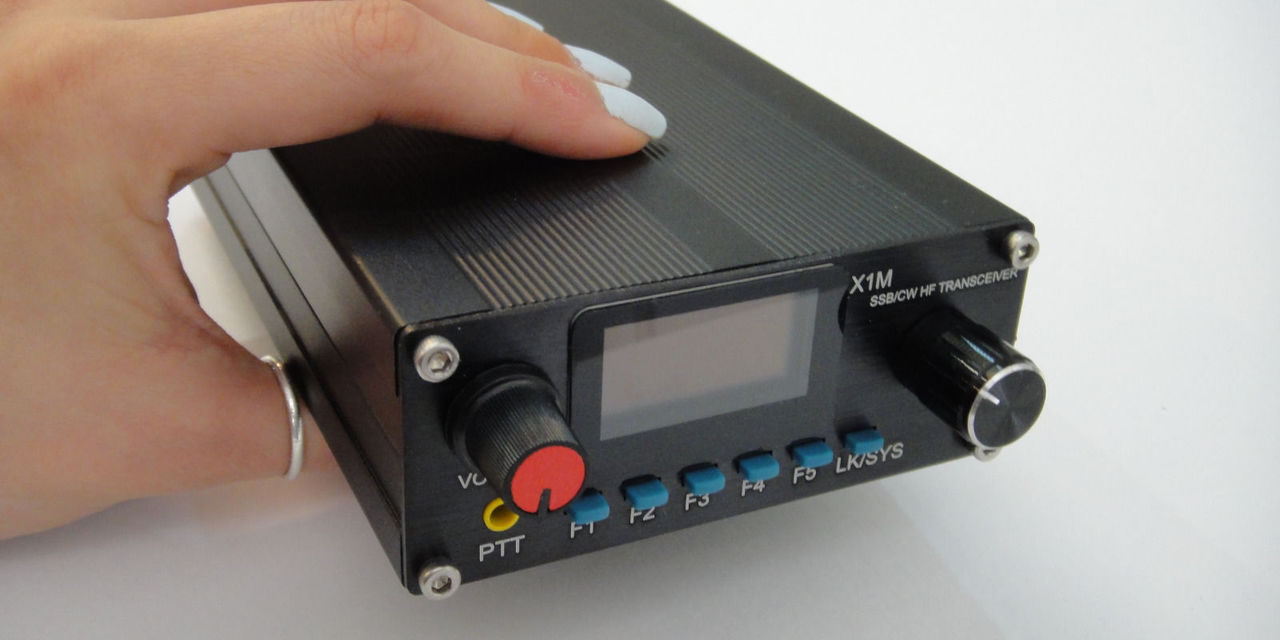











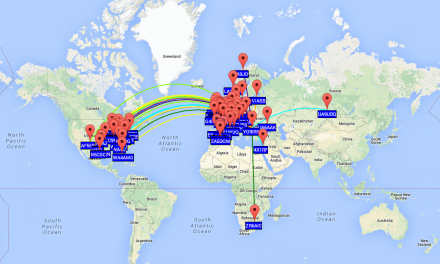
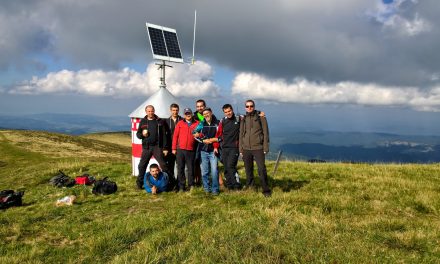
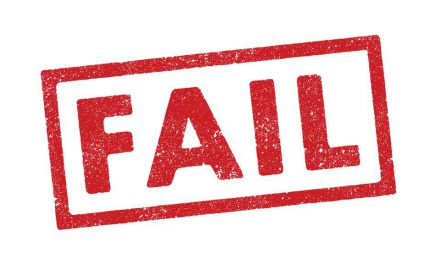
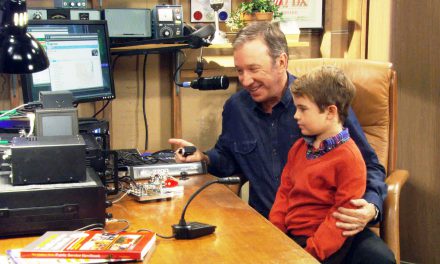
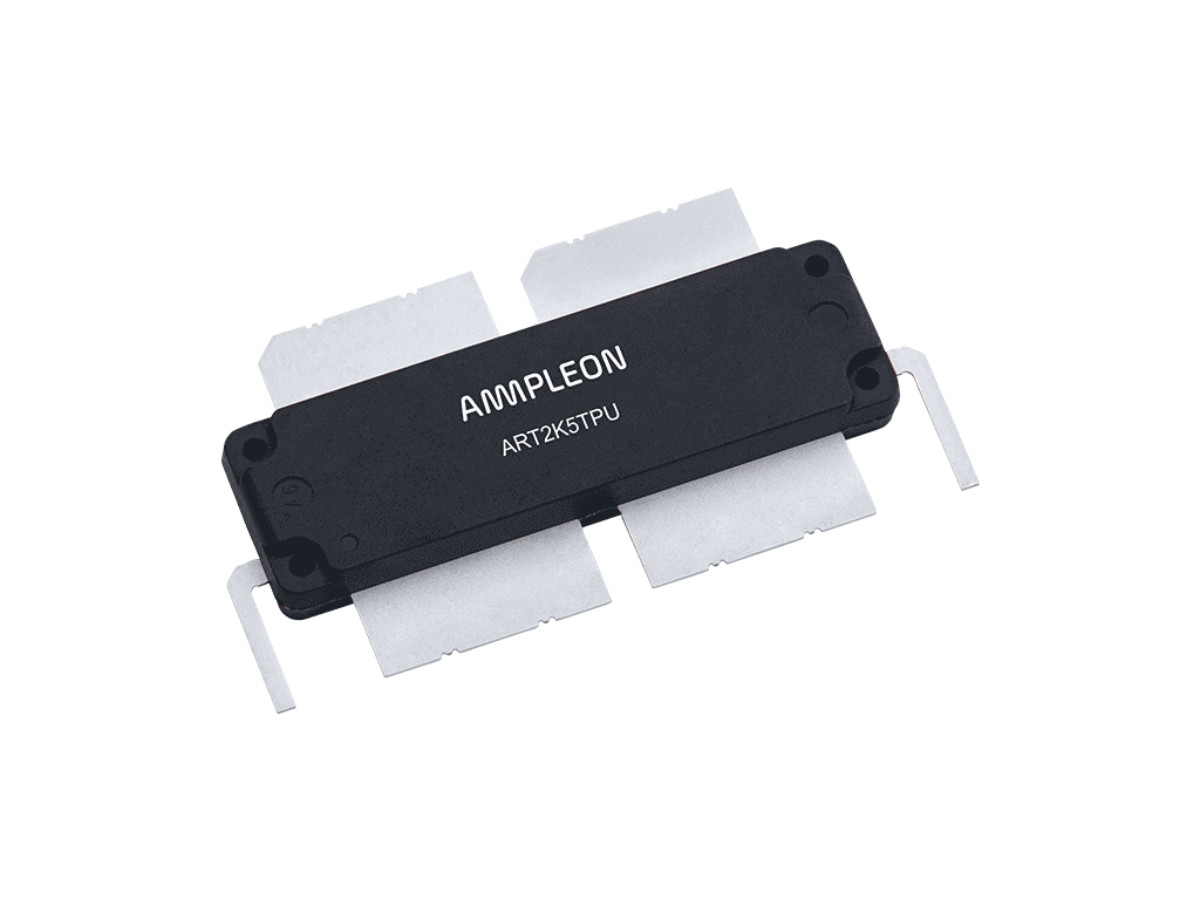
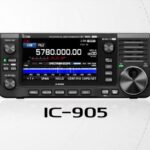
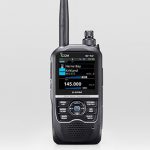
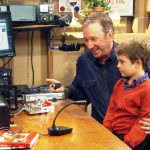
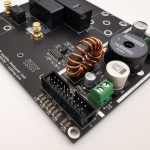
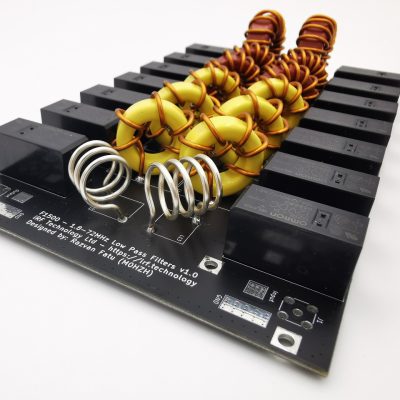
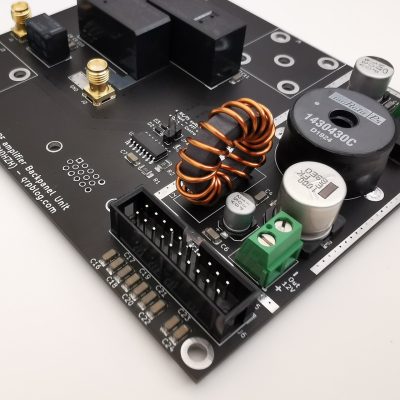
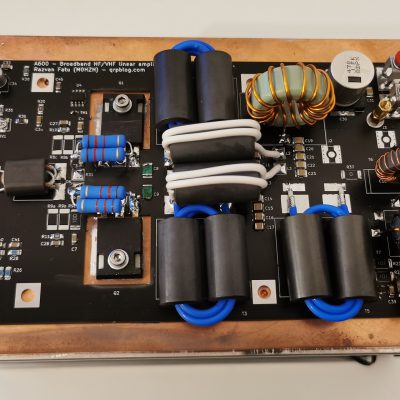
FT-817ND, "Swiss Army Knife" of a radio." Very well put. The FT-897 is the same thing but just much bigger. I like my 897D and would not want to part with it. I never found anything I did not like on my FT-817 when I owned it and I hated to get rid of it.
What I suggested to Yaesu was for them to make a low power version of the FT-897D and add an antenna tuner where one of the internal batteries would go. By making it a low power radio, the current drain would be much less since then turning the power down of the 100 watt version to 5 or 10 watts. Since the internal turner would only take up less space than one of the internal batteries, you could still run the radio off of one internal battery. You could probably re design another battery a tad bigger than the ones they sell now. Although it would be a heavier radio than the FT-817D, it would have a better internal battery and an internal battery bigger than the one in the FT-817.
Now it all comes down to, "How much do you want to carry in your back pack?
Barry, KU3X
I must came with some details on the IC-703+ as I own one. Also I am a former owner of two FT-817. Sold to remain forever. One from early series and one "ND" version.
First of all, when comparing them on a vertical short antenna, the FT-817 receiver seems more sensitive but the IC-703+ resist better to near-frequency russian QRM. They can share the same filter. I do have a Collins SSB Yaesu filter in my ICOM IC-703+ and it's doing well, thanks for asking. Other plus for ICOM is the ability to work full 10W @ 11V and 5W @9.6V which is at least 3 db better than FT817 and makes the difference. Add the SSB built in processor and you got a good punch on TX.
The built-in ATU is one of the best I ever seen.
About the power consumption. In stand-by, audio counterclockwise, the meter show 320mA with some spikes from time to time to 400mA (@ 1.8 MHz). At 50 MHz is around 360mA with spikes at 410 mA. I think the spikes are related with the front panel interrogation which occurs at each 100 msec. The spikes are very short tought… . Another feature, mostly unknown to non-users is the built in SWR analyser.
The IC-703 is not an "emergency" response to FT-817.
Overall, the FT817 is a mediocre and need some third-party improvements to be usable in crowded bands but it's an all-in-one for little money. Meanwhile, IC-703+ is/was a superb radio for portable HF and 6m but very expensive for what it is: a QRP one. Unfortunately ICOM is not making it anymore and the SH market keep the price high.
This is my two cent…
73 de YO3HJV
Great article Razvan. Use my blog to express my ideas and indeed as a journal to memorize ideas and free my mind for new ones. 73, Bas
Since I run either true QRP (5 watts CW), the 10 watts out is not a big deal to me. The current drain again is not a big issue with me. I mostly operate QRP protable and only for no more than one day at a time. I usually take my 5500 mha battery with me and it's never been totally drained in an afternoon of fun.
It all comes down to one's needed and length of operating time.
I do have to agree with your comment on the KX3 not being a rugged radio. I would not carry it in the saddle bags on my motorcycle, that's the reason I like the little YouKits HB-1A and HB-1B MK 3 radios. They are cheap and take a beating.
If I were to contest QRP, the KX3 would be the only choice.
Barry
http://www.ku3x.net
Good input Adrian, I kind of imagined you'll drop by. Indeed, almost half of the receive current draw for the IC-703 (about 200mA) is needed for the screen backlight, with that off it actually takes less than the IC-817.
I was to lazy to measure the current on L and H baclight. Also a nice feature is separate dimmer for LCD and button's lights.
Thanks